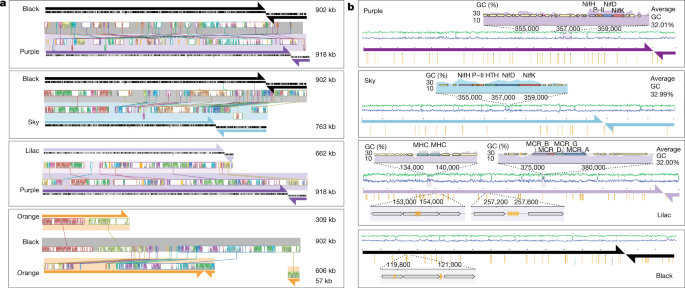2022-10-20 マサチューセッツ大学アマースト校
遺伝子改変されたハムスターにおけるデュパーの効果に焦点をあてている。この論文では、CRY1が、体内時計と外部信号の同期である概日リズムの同調や心臓病において、これまで予想されていなかった機能を担っていることが明らかにされている。
研究チームは、デュパーミュータントハムスターでは、時計の高速化とは無関係に、概日リズムの再調節が促進されることを発見した。研究チームは、概日リズムのずれが健康に及ぼす影響についてより深く理解するため、位相のずれによって悪化することが知られている心臓病モデルのハムスターを用い、デューパーと位相のずれの影響を調べた。
2週おきに8時間の位相シフトを行うという形で時差ボケを模擬すると、心筋症のハムスターの寿命が短くなった。しかし、デュパーハムスターでは、突然変異によって明暗差への適応が促進され、寿命の短縮が逆転したのである。ビットマンは、この発見は、人間の体内時計に関わる経路を特定することにつながる。
<関連情報>
- https://www.umass.edu/news/article/new-genetic-research-umass-amherst-advances-understanding-internal-mechanisms
- https://www.pnas.org/doi/10.1073/pnas.2123560119
duperはシリアンハムスターのCryptochrome 1のヌル変異体である. duper is a null mutation of Cryptochrome 1 in Syrian hamsters
Yin Yeng Lee, Sibel Cal-, Lauren J. Francey, Michael Seifu Bahiru, Katharina E. Hayer, Gang Wu, Molly J. Zeller , Robyn Roberts, James Speers, Justin Koshalek, Mark E. Berres, Eric L. Bittman, and John B. Hogenesch
Proceedings of the National Academy of Sciences Published:April 26, 2022
DOI:https://doi.org/10.1073/pnas.2123560119

Significance
We successfully identified the duper allele as a null mutation of Cryptochrome 1 in Syrian hamsters. Here, we have shown the use of fast homozygosity mapping as an effective approach to identify causal mutations in mammals, despite lacking chromosomal genome information. In the course of this work, we improved the draft Syrian hamster genome and generated datasets necessary to exploit Syrian hamsters as a modern genetic research model. The unique physiological features of Syrian hamsters make them a desirable model to investigate human diseases, including circadian disorders, cancer, heart function, metabolism, and infectious diseases (e.g., severe acute respiratory syndrome coronavirus 2).
Abstract
The duper mutation is a recessive mutation that shortens the period length of the circadian rhythm in Syrian hamsters. These animals show a large phase shift when responding to light pulses. Limited genetic resources for the Syrian hamster (Mesocricetus auratus) presented a major obstacle to cloning duper. This caused the duper mutation to remain unknown for over a decade. In this study, we did a de novo genome assembly of Syrian hamsters with long-read sequencing data from two different platforms, Pacific Biosciences and Oxford Nanopore Technologies. Using two distinct ecotypes and a fast homozygosity mapping strategy, we identified duper as an early nonsense allele of Cryptochrome 1 (Cry1) leading to a short, unstable protein. CRY1 is known as a highly conserved component of the repressive limb of the core circadian clock. The genome assembly and other genomic datasets generated in this study will facilitate the use of the Syrian hamster in biomedical research.


